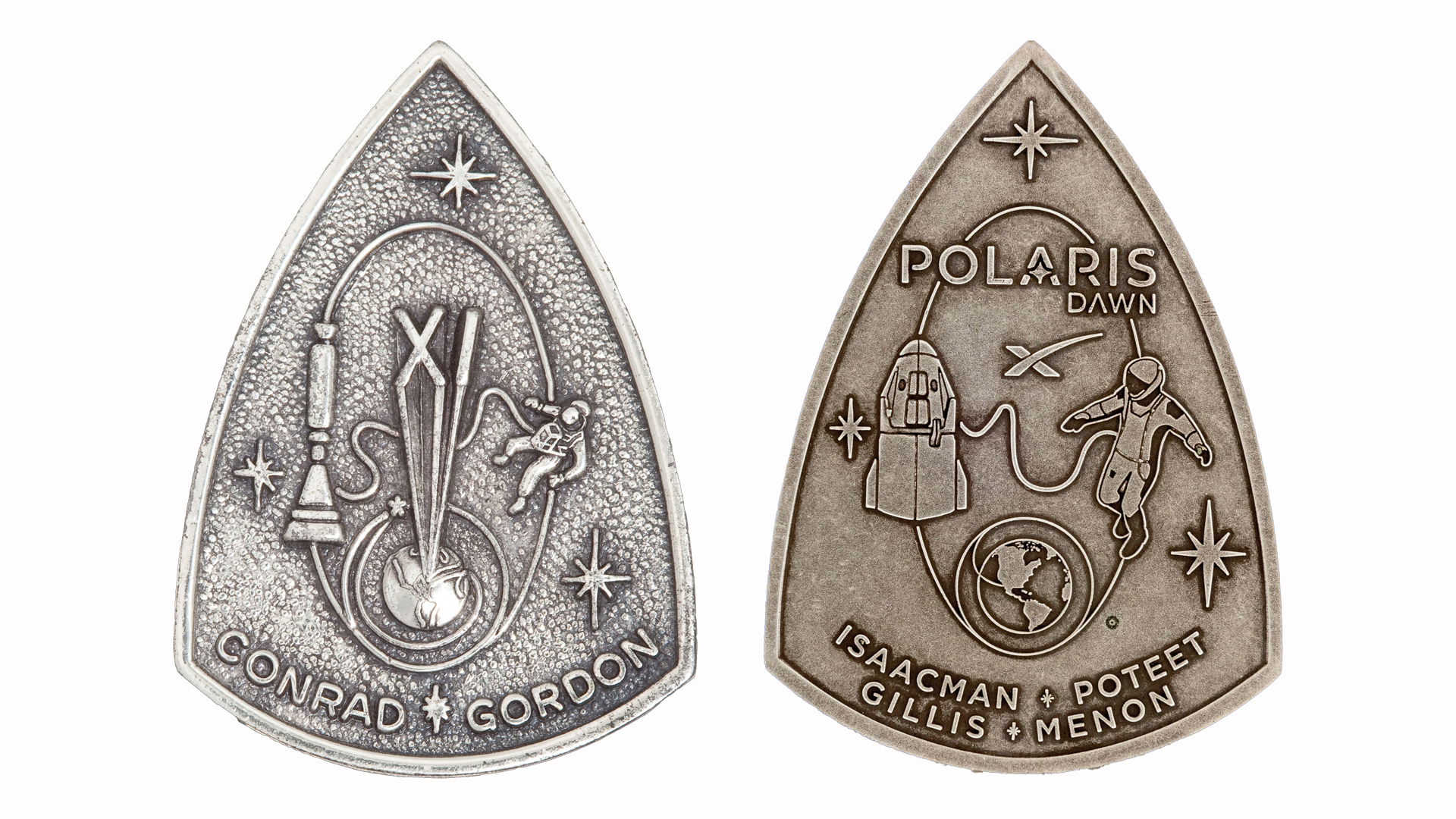
A commercial space crew has flown higher above Earth than anyone who has traveled since the last Apollo astronauts went to the moon.
The four members of the Polaris Dawn mission, riding aboard SpaceX's Dragon spacecraft "Resilience," climbed into an elliptical orbit with a high point, or apogee, of 870 miles (1,400.7 kilometers) on Tuesday (Sep. 10). They reached the record distance about 15 hours after lifting off at 5:23 a.m. EDT (0923 GMT) from Florida earlier in the day and circling the planet about eight times in an initial orbit of 118 by 746 miles (190 by 1,200 km)..

The crew's top altitude more than doubled the maximum height that NASA's space shuttle reached when it deployed the Hubble Space Telescope in 1990 and surpassed the previous record for a crewed spacecraft remaining in Earth orbit of 853 miles (1,373 km), achieved by NASA's Gemini 11 mission in 1966.

"This is the farthest humans have traveled since the last time humans walked on the moon more than 50 years ago," said Jared Isaacman, the commander and billionaire sponsor of the Polaris Dawn mission, prior to his launch on Tuesday. "Two of my crewmembers, Sarah [Gillis] and Anna [Menon], will be the women who have traveled farthest from Earth ever, which I think is pretty cool." (The fourth member of the crew is pilot Scott "Kidd" Poteet.)
Related: Polaris Dawn: Everything you need to know about the 1st mission of the Polaris Program

More than a stunt to make it into the record books, the high flight was achieved in order to collect more data about how the space environment affects spacecraft systems and the human body.
Resilience passed through portions of the Van Allen belt, the zone of energetic charged particles that surround Earth and protects it from most of the sun's radiation and cosmic rays. The Polaris Dawn flight is the first of three commercial missions planned by Isaacman to advance research and technology needed to send humans farther out into the solar system.
"When you go into this environment, you're dealing with totally different realities than, for example, when you would go to the [International] space station," Isaacman said. "it's a lot of energy going into the vehicle. It's a lot of energy to take out of the vehicle when you come back home. It is a different radiation environment. It is a different micrometeorite and orbital debris environment. We stand to learn quite a bit from that in terms of human health, science and research."
"If we get to Mars someday, we'd love to be able to come back and be healthy enough to tell people about it," he said.

The data collected will also help SpaceX refine its future vehicle architecture. Radiation can interfere with spacecraft systems. This is the first time, for example, that touchscreens and other modern digital displays have been exposed to such levels on a mission.
In response to the risks, Resilience was scheduled to spend only about 10 hours at the high altitude — the minimum amount of time needed to collect the desired data — before lowering into a 118 by 435 mile (190 by 700 km) orbit.

Gemini 11 astronauts Charles "Pete" Conrad and Richard "Dick" Gordon did not live to see their record broken. (Conrad died in 1999 and Gordon in 2017.) They achieved their altitude by first rendezvousing and docking with an Agena target vehicle and then using its rocket engine to raise their orbit. The Polaris Dawn crew used the Dragon's integrated Draco thrusters to do the same.
Like Conrad and Gordon, Isaacman, Poteet, Gillis and Menon plan to follow up their record altitude with a spacewalk — in Polaris Dawn's case, the first to be done by a commercial crew — before returning to Earth.
As a nod to the 1966 mission, the Polaris Dawn crew has with them at least one medallion struck with a design similar to the Gemini 11 patch. The modern version replaces the Gemini-Agena vehicle with a Dragon capsule and swaps out the representation of Gordon on one of his extravehicular activities (EVAs) with a spacewalker clad in a SpaceX spacesuit.
The Polaris Dawn astronauts have already sold the flown medallion at auction to support St. Jude Children's Research Hospital.
Follow collectSPACE.com on Facebook and on Twitter at @collectSPACE. Copyright 2024 collectSPACE.com. All rights reserved.




!["[T]he First and Fifth Amendments Require ICE to Provide Information About the Whereabouts of a Detained Person"](https://images.inkl.com/s3/publisher/cover/212/reason-cover.png?w=600)


